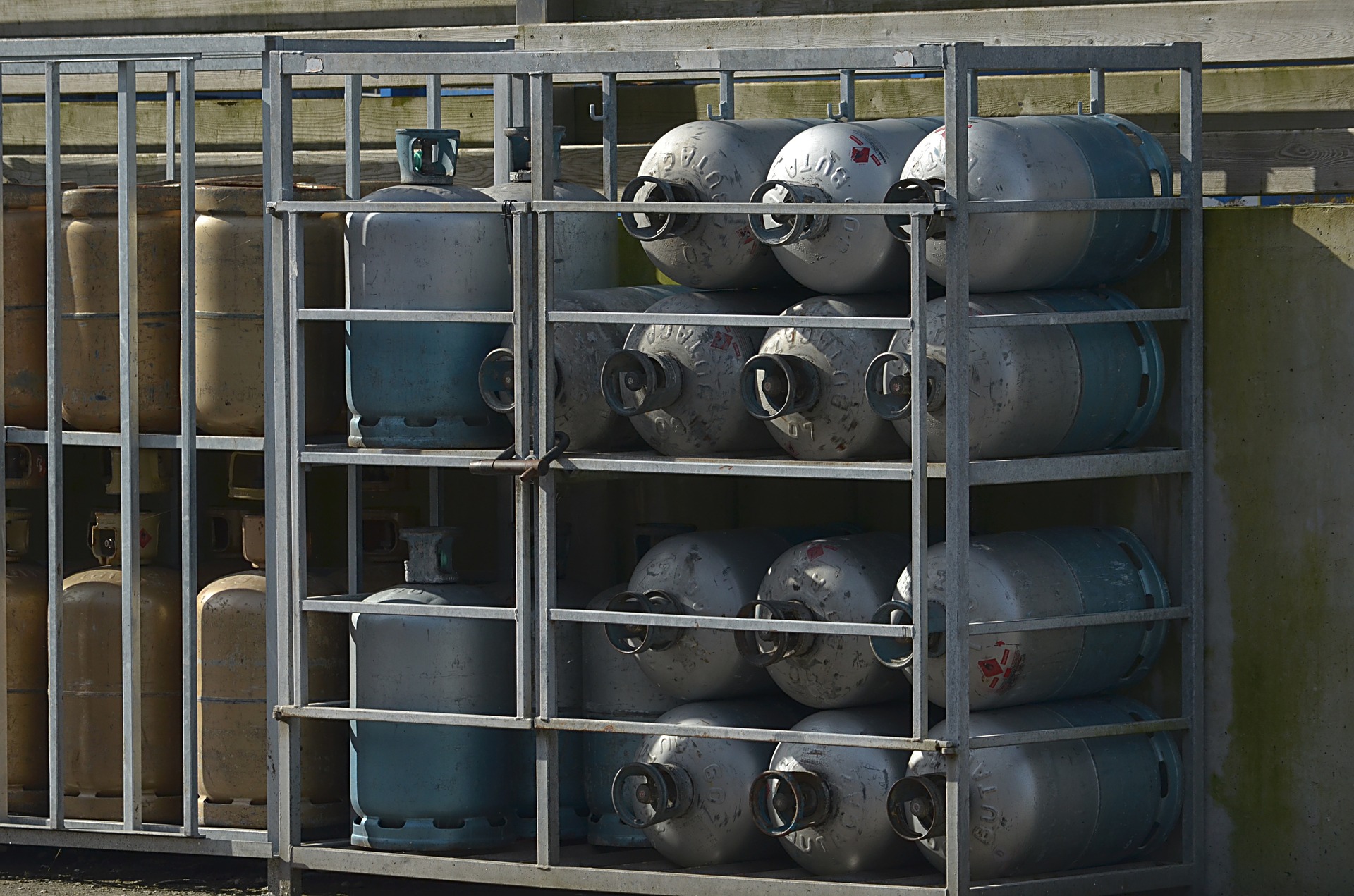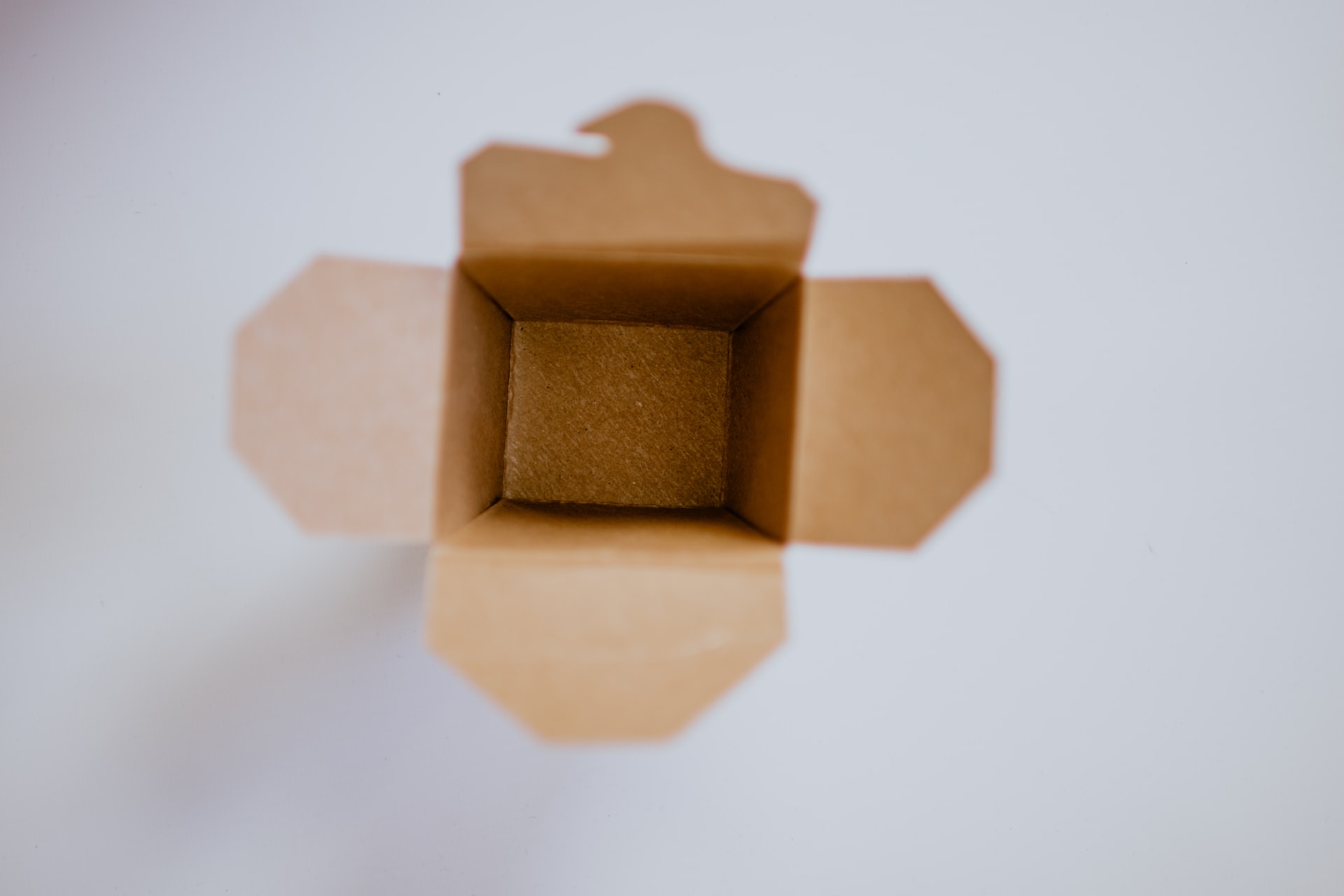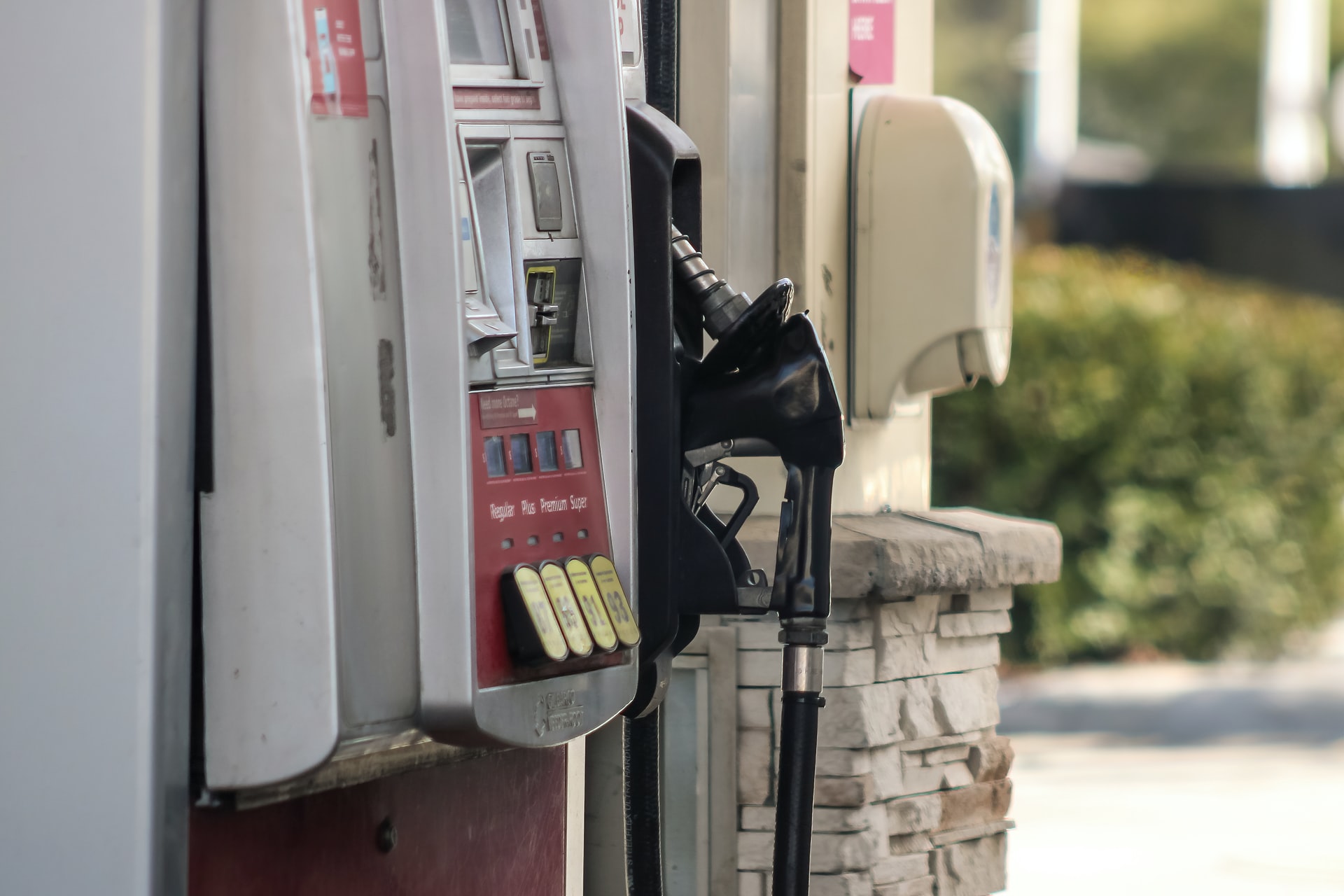How to Safely Transport Butane Gas Bottles

Tags - Safely Transport Butane Gas Bottles
Transporting butane gas bottles safely is important for everyone’s safety.
Luckily, it’s quite simple. There are a few basic requirements and just requires a bit of common sense.
Consequently, if gas bottles are not handled properly during transit, it can be extremely dangerous.
So understanding the steps needed in order to move these around is crucial.
Whether you’re planning on taking your gas bottle to the campsite or your next road trip to Europe, here’s how you can safely transport them.
Transporting Gas Bottles by Car
When transporting gas bottles by car you must follow the safety regulations. This includes securing the butane gas bottle in the vehicle so that it won’t move if you have to make an emergency stop or other sudden manoeuvres.
Plus, securing the bottle in place should be of priority as if you don’t and you’re stopped by the police, you can be fined.
Moreover, the gas bottle should always be stored upright and never in direct sunlight or a hot car for too long.
If at any point during your journey you can smell any gas, immediately pull over in a safe place and stop the engine. Find the source of the leak and only move the vehicle once you deem it safe. If you cannot find where the leak is coming from, call a competent person straightaway and maximise ventilation by opening all the windows, doors and vents - do not turn on any electrical equipment, like the AC for example.
Transporting Gas Bottles to Europe
If you’re driving to Europe and type of gas container must be declared when asked and will be checked at the appropriate checkpoints.
When taking the Eurotunnel, there is a 47kg weight limit on a single gas bottle and it has to be no more than 80% full.
Whilst this may not seem like a lot, don’t panic - for a typical family of campers, a 45kg gas bottle is very large so you will be fine with something even as small as 3kg.
More obviously, gas bottles must be switched off and the connection systems must be in good condition; any leaking or inadequately secured gas bottles will be accepted for carriage.
Similarly, ferry operators have rules like the Eurotunnel. But always check with your operator before travelling, as with different routes requirements can vary.
Generally speaking, you can have (route dependent):
- 1 x 47kg gas bottles
- 3 x 11kg gas bottles
- 3 x 15kg gas bottles
Like the Eurotunnel, when transporting gas bottles by ferry they must be switched off, declared at check in, secured upright and accessible for inspection.
Round Up
All in all, ensure your vehicle is suitable for the task at hand, check there’s enough ventilation, and always store the butane gas bottle upright with the valve located at the top.
If you follow these basic requirements, you’ll be minimising any risks and be able to transport the gas bottle as safely as possible.
Want to know more? Contact us today.
In the meantime, please check our range of Butane Gas Products, including butane gas refill, butane gas lighter refill, newport gas, butane gas lighter, clipper butane gas, butane zippo, butane lighter gas, butane lighter fuel, butane lighter fluid, and ronson gas lighter refill.
You may also like:





